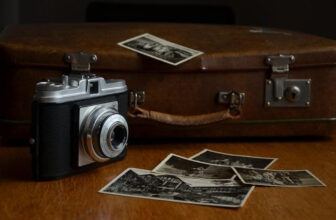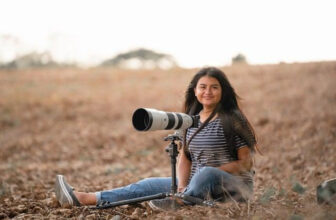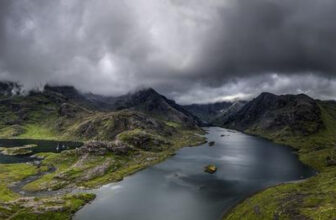Master the Art of Wildlife Photography with These Expert Tips
GoogleAds
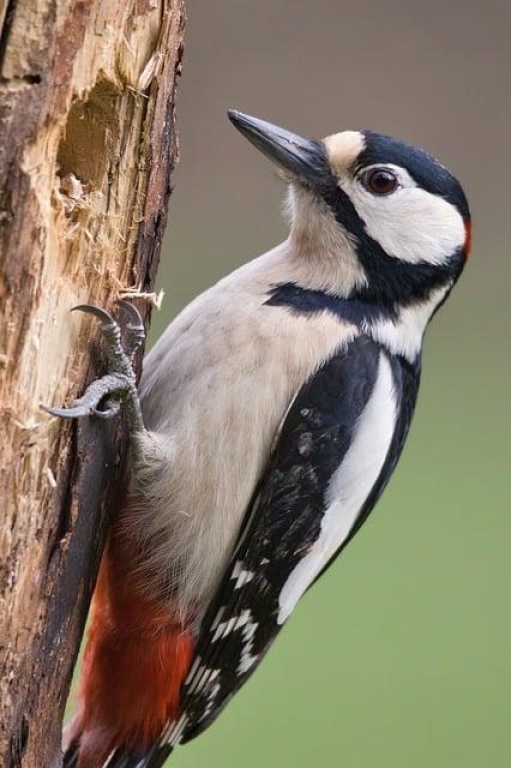
Exploring the world of wildlife photography can be both exhilarating and challenging. From capturing the perfect shot of a majestic eagle soaring through the sky to a family of playful otters frolicking in a stream, mastering the art of wildlife photography requires skill, patience, and a keen eye for detail. In this article, we will delve into expert tips and techniques to help you elevate your wildlife photography game and capture stunning images of the natural world around you. Whether you are a seasoned pro looking to refine your skills or a beginner eager to learn the ropes, read on to discover how to take your wildlife photography to the next level.
Choosing the Right Equipment for Wildlife Photography
When it comes to capturing stunning wildlife photography, having the right equipment is essential. Whether you are a beginner or a seasoned pro, here are some expert tips to help you choose the best gear for your wildlife photography adventures.
Camera: Look for a DSLR or mirrorless camera with a fast shutter speed and high ISO capabilities to capture fast-moving wildlife in low light conditions. Consider cameras with a high megapixel count for detailed shots.
Lens: Invest in a telephoto lens with a long focal length to get up close and personal with distant wildlife subjects. A lens with image stabilization will help reduce camera shake while shooting handheld.
Tripod: A sturdy tripod is essential for stabilizing your camera and lens, especially when shooting in low light or using a heavy telephoto lens. Look for a tripod with adjustable legs and a ball head for versatile shooting angles.
Accessories: Don’t forget to pack essential accessories like extra batteries, memory cards, a lens cleaning kit, and a camouflage cover for your camera to blend in with the natural surroundings. Consider investing in a wildlife photography blind for close-up shots without disturbing the wildlife.

Understanding Animal Behavior for Captivating Shots
When it comes to wildlife photography, understanding animal behavior is key to capturing captivating shots. Being able to anticipate an animal’s movements and reactions can make all the difference in getting that perfect shot. Here are some expert tips to help you master the art of wildlife photography:
1. Study your subjects: Before heading out into the wild, take the time to research the behavior patterns of the animals you plan to photograph. Understanding their habits and routines will help you anticipate their actions and get the perfect shot.
2. Be patient: Wildlife photography requires a great deal of patience. Animals don’t always cooperate, so be prepared to wait for the right moment to capture the perfect shot. Remember, good things come to those who wait.
3. Use the right equipment: Invest in a quality camera and lens that will allow you to capture sharp, detailed images of wildlife. A telephoto lens is essential for getting up close without disturbing the animals.
4. Blend in with your surroundings: To get truly candid shots of wildlife, it’s important to blend in with your surroundings. Wear neutral, earth-toned clothing and avoid making loud noises or sudden movements that could scare off your subjects.
Utilizing Natural Light to Enhance Your Photos
When it comes to capturing stunning wildlife photos, utilizing natural light is key. Natural light can make or break a photo, so it’s important to know how to make the most of it. Here are some expert tips to help you master the art of wildlife photography:
First and foremost, understand the different types of natural light. Direct light can be harsh and create strong shadows, while diffused light is softer and more flattering. Pay attention to the direction of light and how it interacts with your subject.
Experiment with shooting during the golden hours – the hour after sunrise and the hour before sunset. During these times, the light is warmer and creates a beautiful, soft glow that enhances wildlife photos. Be prepared to wake up early or stay out late to capture the best light.
Don’t be afraid to play with backlighting. Shooting against the light can create stunning silhouettes and add drama to your photos. Just be mindful of exposure settings and adjust accordingly to avoid overexposure.
Lastly, consider investing in a quality reflector to bounce light onto your subject. Reflectors can help fill in shadows and create a more balanced and polished look to your wildlife photos. Experiment with different angles and positions to see what works best for your shot.
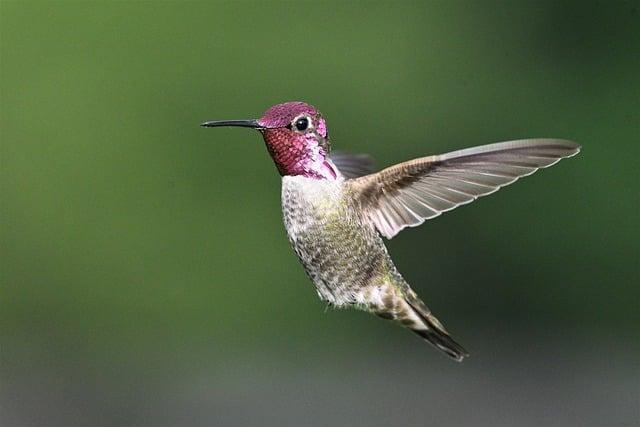
Mastering Composition Techniques in Wildlife Photography
When it comes to capturing the beauty and essence of wildlife through photography, mastering composition techniques is essential. An understanding of composition can take your wildlife photos from ordinary to extraordinary, allowing you to create stunning and impactful images that truly showcase the wonder of the natural world.
One key composition technique to keep in mind when photographing wildlife is the rule of thirds. This rule suggests that an image should be divided into nine equal parts by two horizontal lines and two vertical lines, with important elements of the scene placed along these lines or at their intersections. By following this rule, you can create visually pleasing and balanced compositions that draw the viewer’s eye to the main subject.
Another important aspect of composition in wildlife photography is framing. By using elements in the environment to frame your subject, such as branches, leaves, or rocks, you can add depth and context to your images. This technique can help create a sense of intimacy and connection with the subject, allowing the viewer to feel as though they are right there in the scene with the wildlife.
Leading lines are also a powerful composition technique to consider when photographing wildlife. By incorporating natural lines in the environment, such as winding rivers, tree trunks, or animal tracks, you can guide the viewer’s gaze through the image and towards the main subject. This can create a sense of movement and flow, adding interest and dynamism to your photos.
Remember, takes practice and experimentation. Don’t be afraid to try new angles, perspectives, and compositions to see what works best for the subject and scene. With time and dedication, you can elevate your wildlife photography to new heights and capture truly breathtaking moments in the natural world.
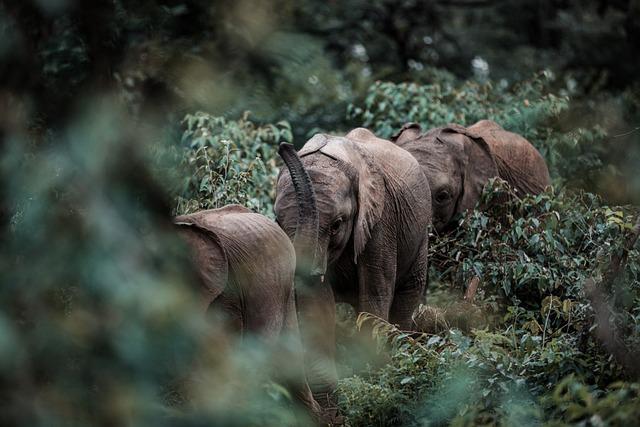
Tips for Ethical and Respectful Wildlife Photography
Whether you’re a seasoned photographer or just starting out, capturing wildlife in its natural habitat can be both thrilling and challenging. To help you hone your skills and create stunning images, here are some expert :
1. Research the Behavior of the Animals: Before heading out to photograph wildlife, take the time to learn about the behavior patterns of the species you want to photograph. Understanding their habits will not only help you anticipate their movements but also ensure that you don’t disturb their natural routines.
2. Use a Telephoto Lens: To maintain a safe distance from the animals and avoid disrupting their behavior, invest in a good quality telephoto lens. This will allow you to capture detailed shots without intruding on their space.
3. Avoid Baiting or Disturbing the Wildlife: Resist the temptation to attract animals with food or make loud noises to get their attention. This can disrupt their natural habitat and behavior, leading to negative consequences for the ecosystem.
4. Practice Patience and Respect: Wildlife photography requires a great deal of patience. Spend time observing the animals from a distance and wait for the perfect moment to capture your shot. Remember to always respect their space and never approach too closely.
5. Leave No Trace: When photographing wildlife, always follow the principles of Leave No Trace. This means leaving the environment exactly as you found it and avoiding any actions that could harm or disturb the animals or their habitat.
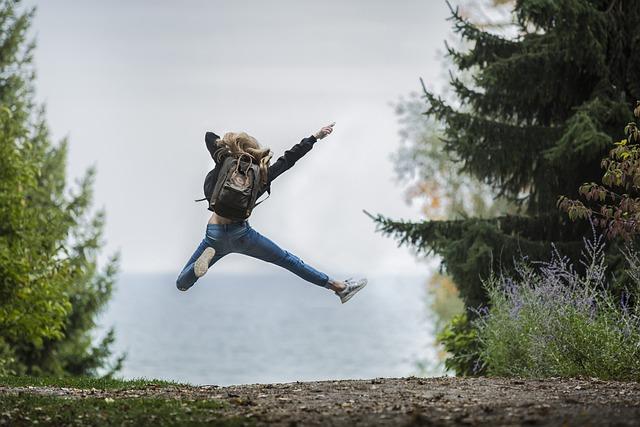
Exploring Different Angles and Perspectives for Unique Shots
When it comes to wildlife photography, mastering the art of capturing unique shots can set your work apart from the rest. One way to achieve this is by exploring different angles and perspectives while out in the field. By thinking outside the box and getting creative with your compositions, you can create stunning images that truly showcase the beauty of the natural world.
One expert tip for mastering the art of wildlife photography is to experiment with low angles. By getting down on the same level as your subjects, you can create more intimate and engaging photos. This technique can also help minimize distractions in the background, allowing your subject to stand out even more. Try using a wide aperture to blur the background and draw attention to your main subject.
Another way to elevate your wildlife photography is by incorporating leading lines into your compositions. Leading lines can help guide the viewer’s eye through the image, creating a sense of depth and movement. Look for natural elements such as branches, rivers, or animal tracks that can lead towards your subject. This technique can add visual interest to your photos and make them more dynamic.
Don’t be afraid to experiment with different perspectives while photographing wildlife. Try shooting from above, below, or even behind your subject to capture unique and unexpected shots. By thinking outside the box and challenging yourself to see things from a different angle, you can create images that are truly one-of-a-kind.
Overall, mastering the art of wildlife photography requires patience, practice, and a willingness to step out of your comfort zone. By exploring different angles and perspectives, you can push the boundaries of your creativity and capture remarkable shots that showcase the beauty of the natural world in a new light.

Editing and Post-Processing Techniques for Stunning Results
When it comes to wildlife photography, capturing that perfect shot is only half the battle. The editing and post-processing techniques you use can truly make or break the final result. To help you master the art of wildlife photography, we’ve put together some expert tips for editing and post-processing your images to achieve stunning results.
1. Use Lightroom for Basic Adjustments: Adobe Lightroom is a powerful tool for editing wildlife photos. Use it to make basic adjustments such as exposure, contrast, and white balance. You can also use the HSL panel to make selective color adjustments to make your wildlife subjects pop.
2. Sharpen and Denoise: One of the key challenges in wildlife photography is capturing sharp, noise-free images. Use the sharpening and noise reduction tools in your editing software to enhance the details in your photos and reduce any unwanted noise.
3. Crop for Composition: Sometimes cropping can make a big difference in the composition of your wildlife photos. Use the rule of thirds to guide your cropping decisions and consider removing distracting elements to make your subject the focal point of the image.
4. Enhance Colors: Wildlife photography often involves vibrant colors that can really make your photos stand out. Use the vibrance and saturation sliders to enhance the colors in your images, but be careful not to overdo it. You want your photos to look natural and not overly saturated.
Q&A
Q: What is wildlife photography and why is it challenging?
A: Wildlife photography involves capturing images of wild animals in their natural habitats. It can be challenging due to the unpredictable behavior of animals and the need for patience and skill to capture the perfect shot.
Q: What are some essential tips for aspiring wildlife photographers?
A: Some essential tips for aspiring wildlife photographers include researching animal behavior, using the right equipment (such as a telephoto lens), practicing patience, and being mindful of the environment.
Q: How important is light in wildlife photography?
A: Light is crucial in wildlife photography as it can enhance or detract from the quality of the image. Photographers should pay attention to the direction and intensity of light when capturing wildlife scenes.
Q: What are some common mistakes to avoid in wildlife photography?
A: Some common mistakes to avoid in wildlife photography include disturbing or endangering animals, neglecting composition rules, and relying too heavily on post-processing techniques.
Q: How can photographers make their wildlife photos stand out?
A: Photographers can make their wildlife photos stand out by focusing on unique perspectives, capturing animals in action, and telling a story through their images. Additionally, editing techniques can be used to enhance the overall impact of the photograph.
In Conclusion
In conclusion, mastering the art of wildlife photography requires patience, skill, and a deep understanding of the natural world. By following these expert tips, you can improve your techniques and capture breathtaking images of wildlife in their natural habitats. Remember to always respect the animals and their environments, and never disturb or harm them for the sake of a photograph. With dedication and practice, you too can become a skilled wildlife photographer ready to share the beauty of the natural world with others.
GoogleAds



